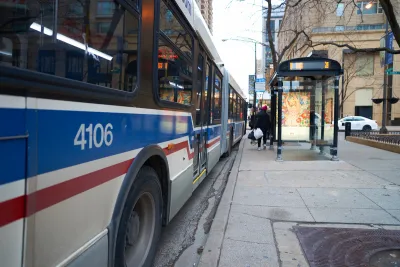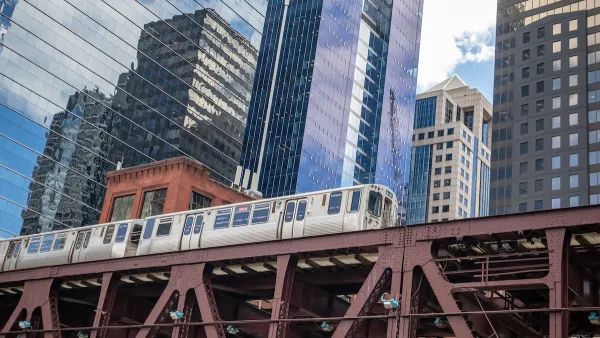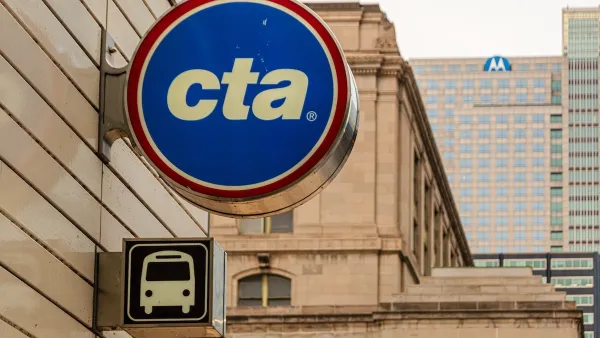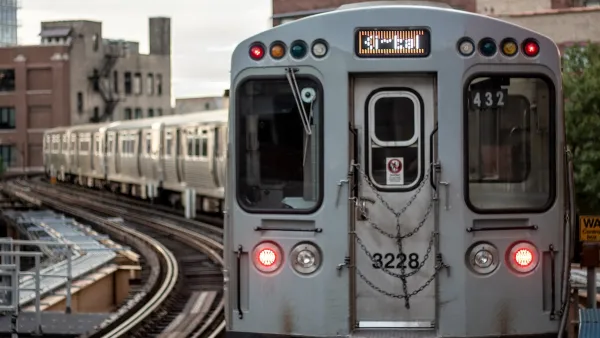The plan establishes a ‘toolkit’ of improvements to make the bus riding experience more reliable, comfortable, and accessible.

The Chicago Transit Authority (CTA) and Chicago Department of Transportation (CDOT) released a framework for improving bus service through better infrastructure such as bus stops and sidewalks, more accessible and comfortable shelters, and signal timing to improve bus reliability and speeds.
According to a press release from the city, “This plan supports key transportation goals of Mayor Brandon Johnson’s administration, including improving bus reliability and coordination of infrastructure investments to improve transit.” The plan includes 19 options for street improvements to make the right-of-way and bus stops safer, more accessible, and more comfortable for bus riders.
“Getting to the bus, the wait at the bus stop, and the ride on the bus are all impacted by various aspects of streetscape design and signal systems and this plan will help us better plan and redesign these elements to meet today’s transit needs and ensure that public transit bus services remain the most equitable, affordable and accessible means of transit in all neighborhoods throughout the City,” said CTA President Dorval R. Carter Jr.
FULL STORY: CTA and CDOT Release First-Ever “Better Streets for Buses Plan”

National Parks Layoffs Will Cause Communities to Lose Billions
Thousands of essential park workers were laid off this week, just before the busy spring break season.

Retro-silient?: America’s First “Eco-burb,” The Woodlands Turns 50
A master-planned community north of Houston offers lessons on green infrastructure and resilient design, but falls short of its founder’s lofty affordability and walkability goals.

Delivering for America Plan Will Downgrade Mail Service in at Least 49.5 Percent of Zip Codes
Republican and Democrat lawmakers criticize the plan for its disproportionate negative impact on rural communities.

Test News Post 1
This is a summary

Test News Headline 46
Test for the image on the front page.

Balancing Bombs and Butterflies: How the National Guard Protects a Rare Species
The National Guard at Fort Indiantown Gap uses GIS technology and land management strategies to balance military training with conservation efforts, ensuring the survival of the rare eastern regal fritillary butterfly.
Urban Design for Planners 1: Software Tools
This six-course series explores essential urban design concepts using open source software and equips planners with the tools they need to participate fully in the urban design process.
Planning for Universal Design
Learn the tools for implementing Universal Design in planning regulations.
EMC Planning Group, Inc.
Planetizen
Planetizen
Mpact (formerly Rail~Volution)
Great Falls Development Authority, Inc.
HUDs Office of Policy Development and Research
NYU Wagner Graduate School of Public Service





























